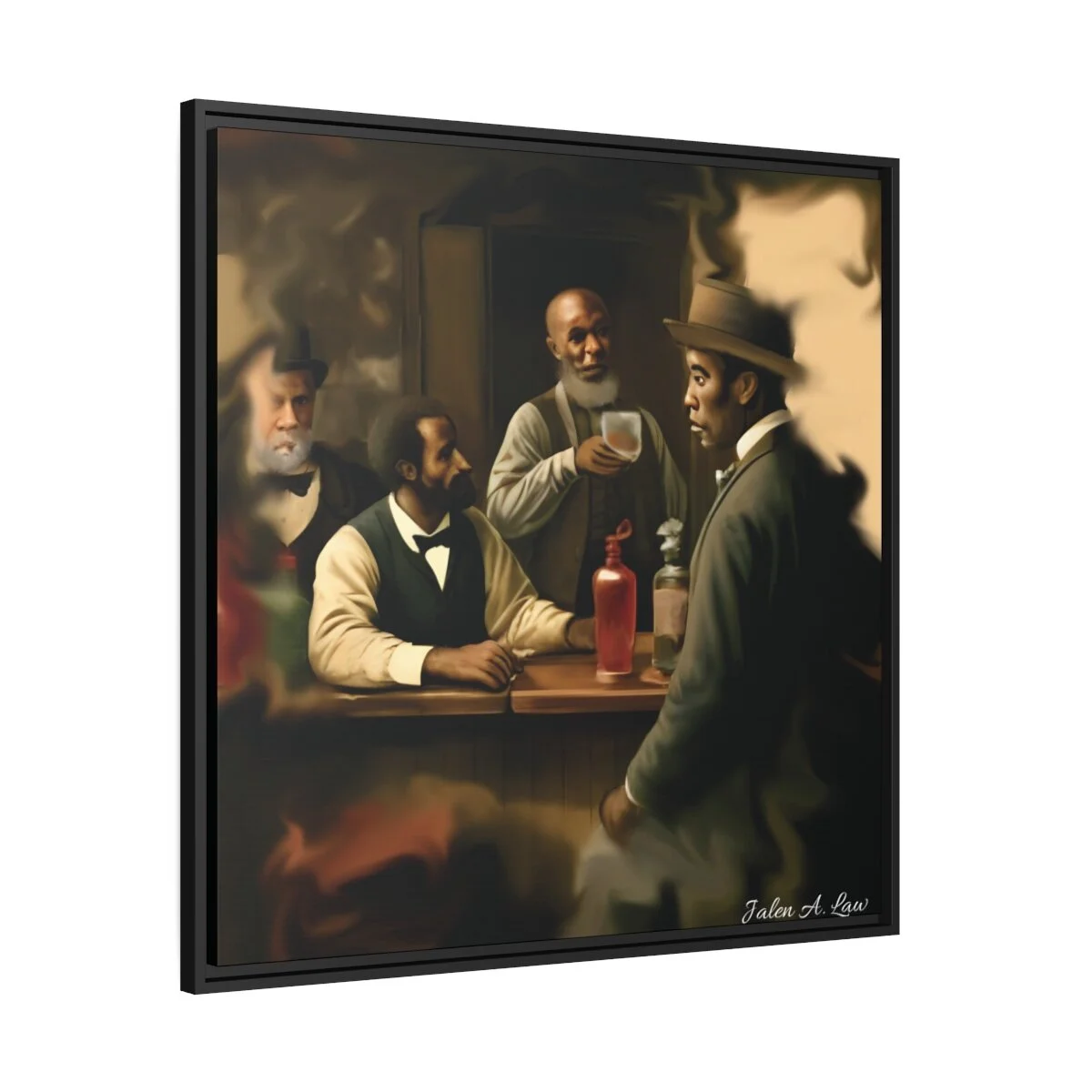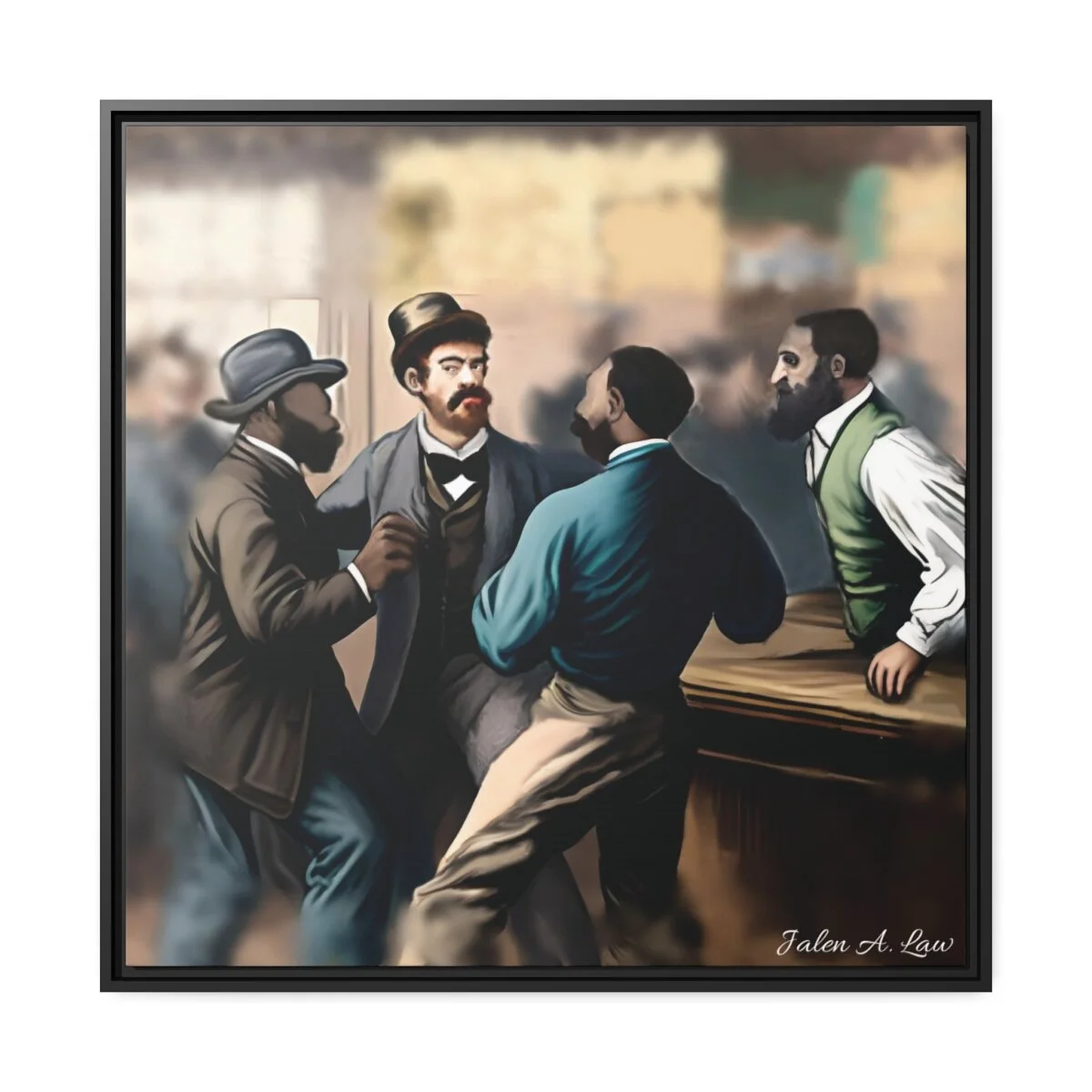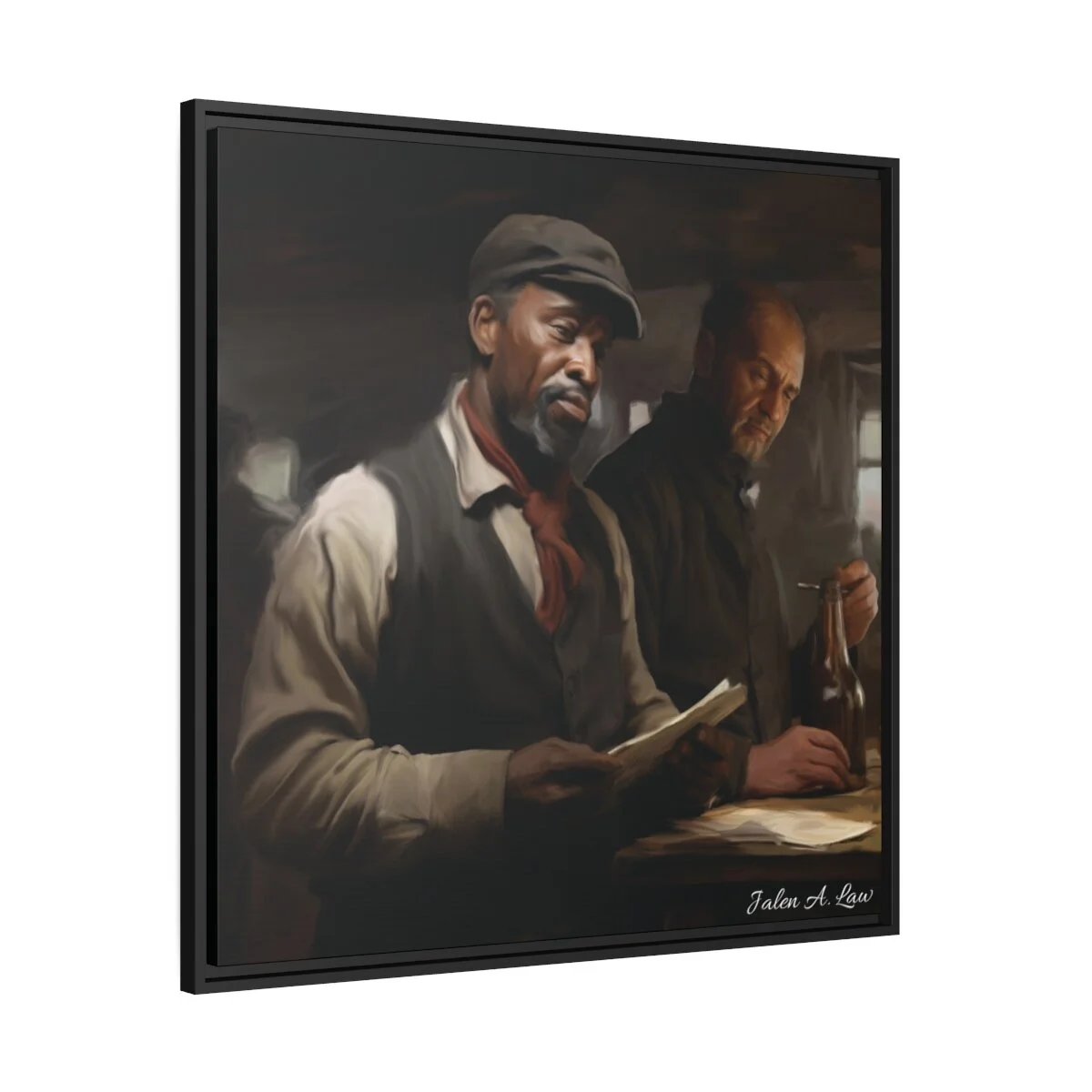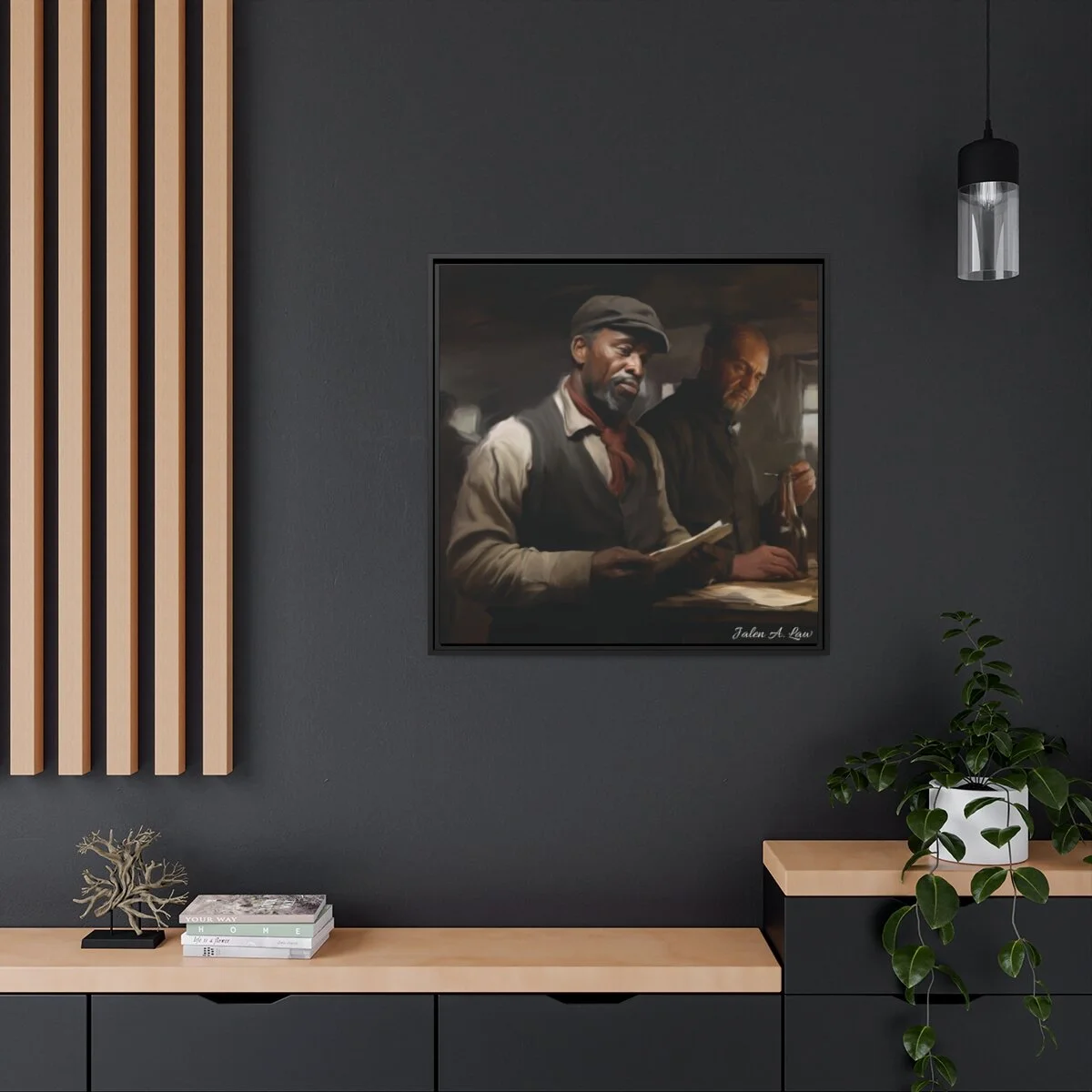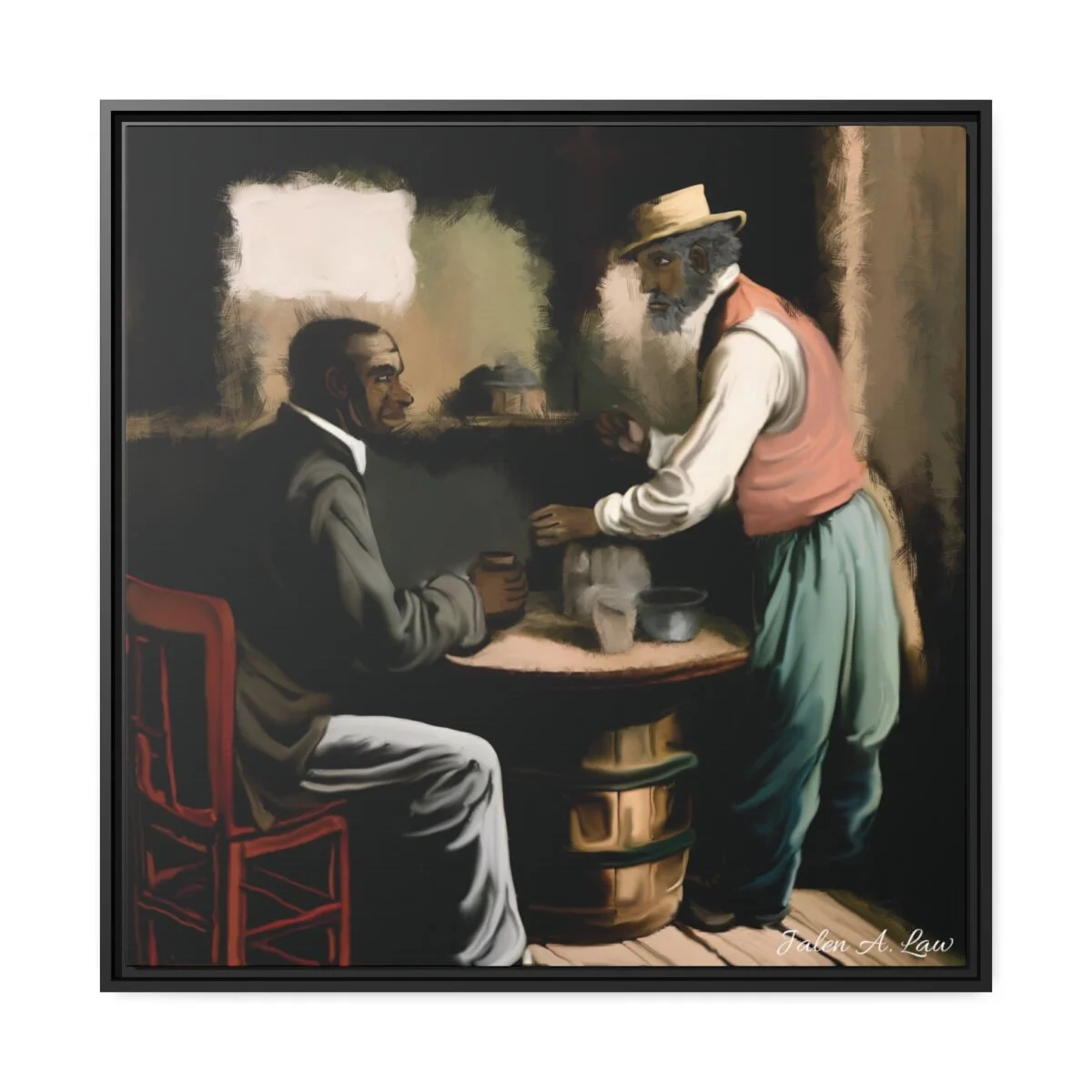 Image 1 of 3
Image 1 of 3

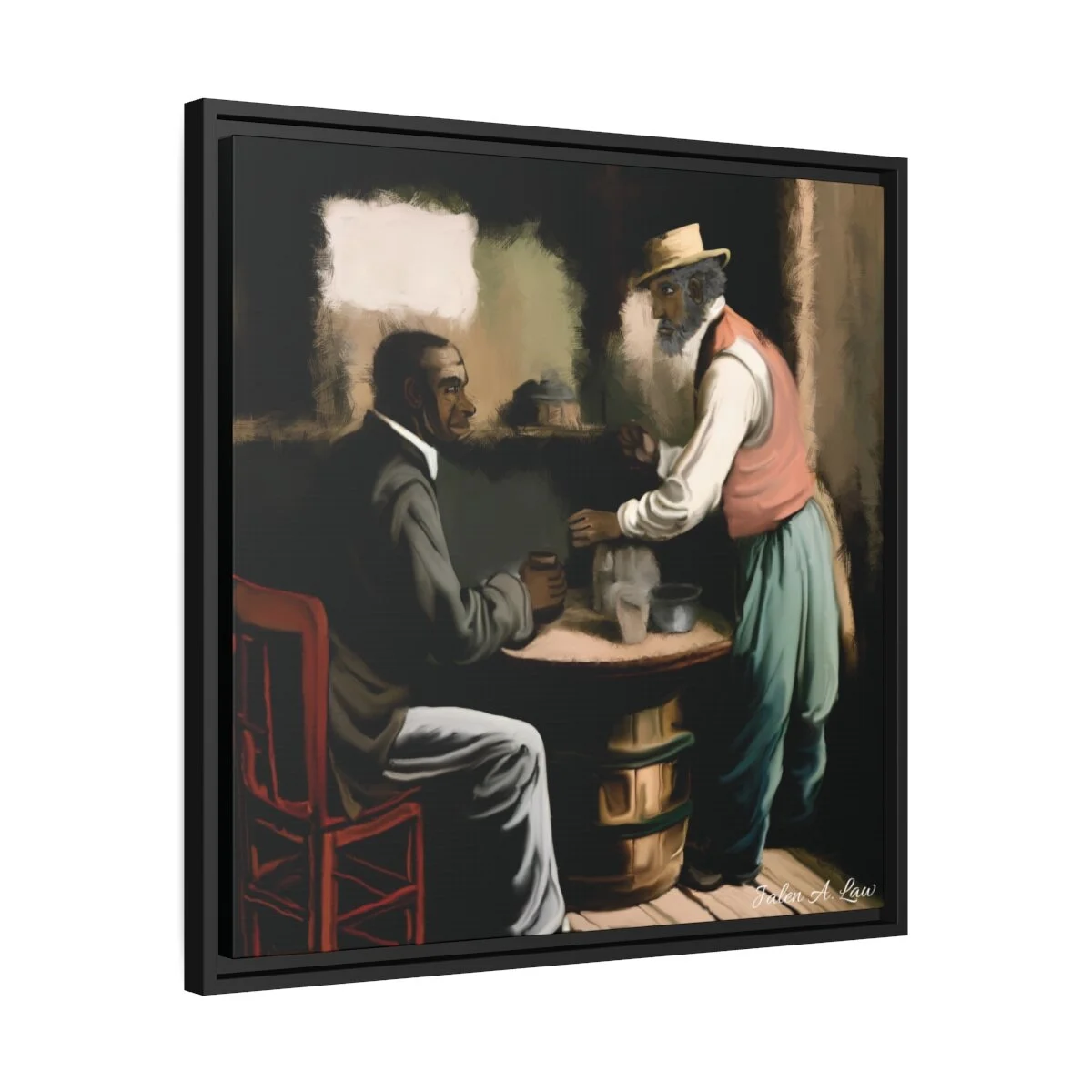 Image 2 of 3
Image 2 of 3

 Image 3 of 3
Image 3 of 3




Sips of Infamy
"Dug's Dive, a name whispered with equal parts curiosity and infamy, found its dwelling within Buffalo's vibrant Canal District. Nestled beneath the edifice known as the Union Block or Negro Block, this subterranean haven was a hidden gem in the city's bustling heart. A tapestry of history unfolded within the walls of this block—three stories intertwined with the stories of African American enterprises, brothels, and rooming houses. The Dive, shrouded in allure, remained concealed beneath street level, accessible only from the canal side. As the city's pulse echoed, the 1855 City Directory cast William Douglass's name as a Canal District entrepreneur. This chronicle's origins trace to this juncture, though the exact inception of Dug's Dive within these pages remains elusive. Across the years, city directories weaved tales, recording Dug's Dive's official address in varied guises. Whether an unnumbered enclave at the crossroads of Commercial and Water Streets or concealed steps below the expanse known as the Commercial Slip—a towpath etched near the curtain call of the Erie Canal—the Dive's subterranean spirit resonated. However, the very embrace of water rendered its refuge prone to dampness, a constant skirmish against flooding. Yet, the cavernous nature of the basement—the low ceiling that challenged patrons to stand upright—further mystified this realm where history's whispers mingled with the clink of glasses.
"
"Dug's Dive, a name whispered with equal parts curiosity and infamy, found its dwelling within Buffalo's vibrant Canal District. Nestled beneath the edifice known as the Union Block or Negro Block, this subterranean haven was a hidden gem in the city's bustling heart. A tapestry of history unfolded within the walls of this block—three stories intertwined with the stories of African American enterprises, brothels, and rooming houses. The Dive, shrouded in allure, remained concealed beneath street level, accessible only from the canal side. As the city's pulse echoed, the 1855 City Directory cast William Douglass's name as a Canal District entrepreneur. This chronicle's origins trace to this juncture, though the exact inception of Dug's Dive within these pages remains elusive. Across the years, city directories weaved tales, recording Dug's Dive's official address in varied guises. Whether an unnumbered enclave at the crossroads of Commercial and Water Streets or concealed steps below the expanse known as the Commercial Slip—a towpath etched near the curtain call of the Erie Canal—the Dive's subterranean spirit resonated. However, the very embrace of water rendered its refuge prone to dampness, a constant skirmish against flooding. Yet, the cavernous nature of the basement—the low ceiling that challenged patrons to stand upright—further mystified this realm where history's whispers mingled with the clink of glasses.
"







